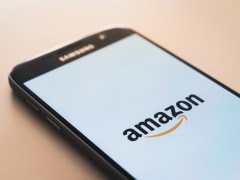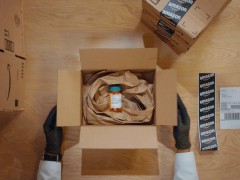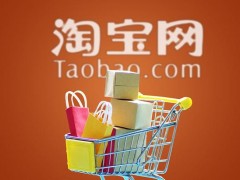What labels do Temu water cups need?
一般来说,Temu 水杯可能需要以下标签:
1.品牌标签:标明水杯的品牌名称。
2.产品名称标签:明确产品的具体名称,如“Temu 水杯”。
3.材质标签:说明水杯的制作材料,例如玻璃、塑料、不锈钢等。
4.容量标签:标注水杯的容量,以便用户了解可以容纳多少液体。
5.使用说明标签:提供关于如何正确使用、清洁和维护水杯的信息。
6.安全警示标签:如果水杯有特殊的使用注意事项或潜在风险,应在标签上予以警示。
7.生产日期和批号标签:用于追溯和管理产品的生产过程。
8.认证标签:如果水杯通过了相关的认证或检测,如食品安全认证、质量认证等,可以贴上相应的标签。
9.可回收标识:如果水杯的材料是可回收的,应贴上相应的标识,以促进环保。
10.条形码或二维码:用于商品的识别和管理。
这些标签的具体内容和形式可能会根据产品的特点、目标市场和相关法规要求而有所差异。在设计标签时,还需要考虑标签的清晰度、耐久性和易读性,以确保用户能够方便地获取所需信息。此外,遵循当地的法律法规和相关标准也是非常重要的。如果你对标签的具体要求有更详细的了解,或者需要满足特定的市场或行业标准,可以根据实际情况进行相应的调整和补充。
Professional answer
Generally speaking, Temu water cups may need the following labels:
1. Brand label: indicate the brand name of the water cup.
2. Product name label: specify the specific name of the product, such as "Temu water cup".
3. Material label: indicate the material of the water cup, such as glass, plastic, stainless steel, etc.
4. Capacity label: mark the capacity of the water cup so that users know how much liquid it can hold.
5. Instruction label: provide information on how to properly use, clean and maintain the water cup.
6. Safety warning label: if the water cup has special precautions or potential risks, it should be warned on the label.
7. Production date and batch number label: used to trace and manage the production process of the product.
8. Certification label: if the water cup has passed relevant certification or testing, such as food safety certification, quality certification, etc., the corresponding label can be affixed.
9. Recyclable label: If the material of the water cup is recyclable, the corresponding label should be affixed to promote environmental protection.
10. Barcode or QR code: used for commodity identification and management.
The specific content and form of these labels may vary depending on the characteristics of the product, the target market and relevant regulatory requirements. When designing labels, it is also necessary to consider the clarity, durability and readability of the labels to ensure that users can easily obtain the required information. In addition, it is also very important to comply with local laws, regulations and relevant standards. If you have a more detailed understanding of the specific requirements of the label, or need to meet specific market or industry standards, you can make corresponding adjustments and supplements based on the actual situation.
Similar Q&A
recommend TEMU quotation skills?
E-c News Continuously pushing e-commerce knowledge to you








Latest Q&A More
-
Do I need a trademark to open a franchise store on Pinduoduo to sell books?
#Pinduoduo#
-
How to withdraw from a Pinduoduo store
#Pinduoduo#
-
How to withdraw from Pinduoduo merchants
#Pinduoduo#
-
How to pay fees when closing a Pinduoduo store
#Pinduoduo#
-
How to withdraw from Pinduoduo
#Pinduoduo#
-
Which store on Pinduoduo is authentic?
#Pinduoduo#
-
Which stores on Pinduoduo can buy genuine products?
#Pinduoduo#
-
How to check the store under Pinduoduo
#Pinduoduo#
-
How to receive Pinduoduo online game products
#Pinduoduo#
-
How to sell the electronic version on Pinduoduo
#Pinduoduo#
E-c News 2025-11-02 08:10:55

- African netizens use China Africa cross-border e-commerce platform for online shopping
- how is the new seller of cross-border e-commerce doing?
- how can cross-border e-commerce Amazon sell on Amazon platform without goods?
- Amazon store opening process and cost analysis!
- Amazon plans to expand its pharmacy business on a large scale and will add same day delivery service
